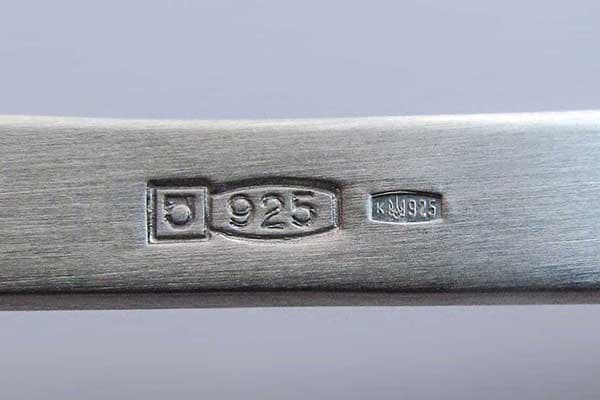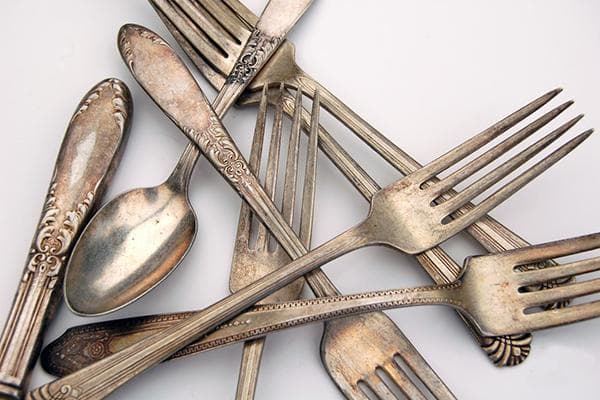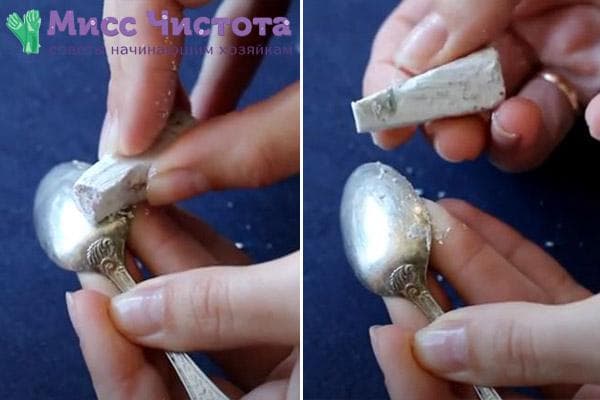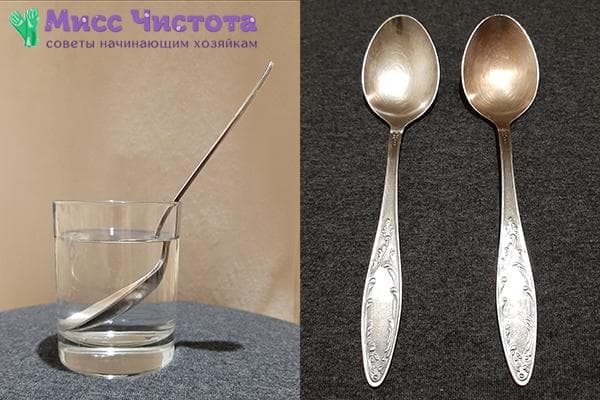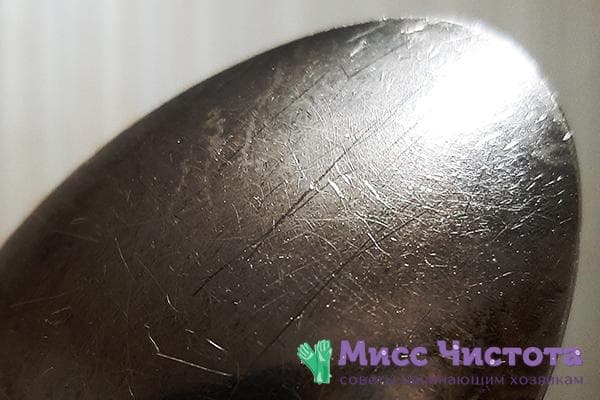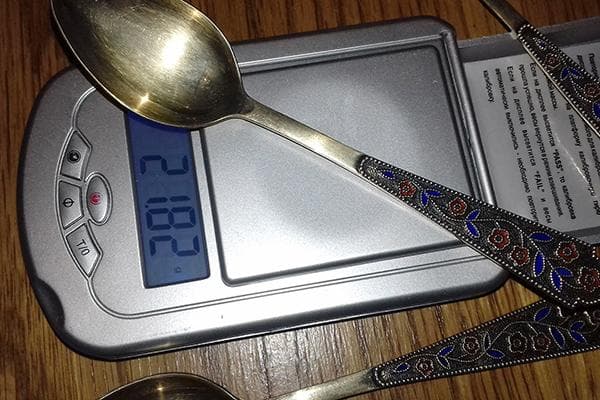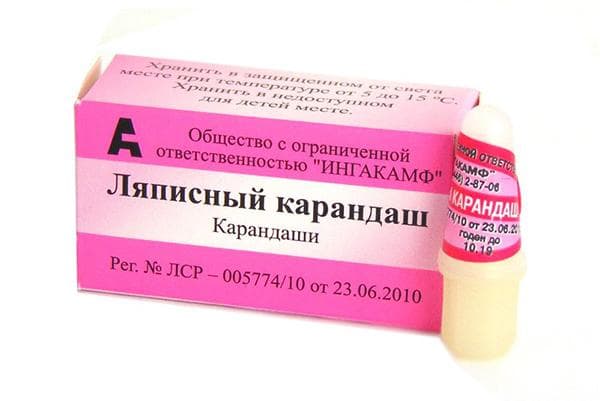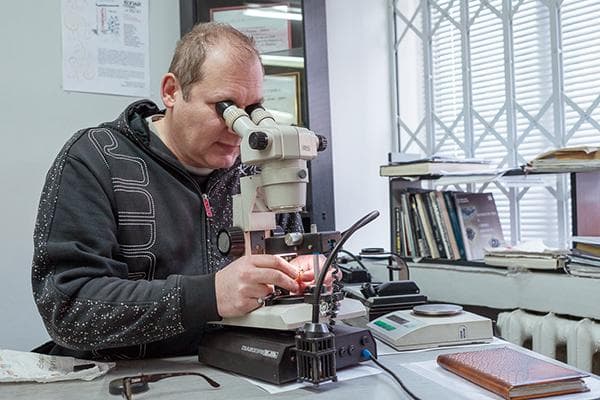10 tests that will help distinguish silver from cupronickel
Content:
To distinguish silver from cupronickel, you can carefully examine the product, or you can conduct simple tests at home or in a store.
Large stores, as a rule, do not engage in counterfeits in order to maintain their reputation. Therefore, additional verification is usually required in cases where the product was purchased at the market, in a small store, in a stall, etc.
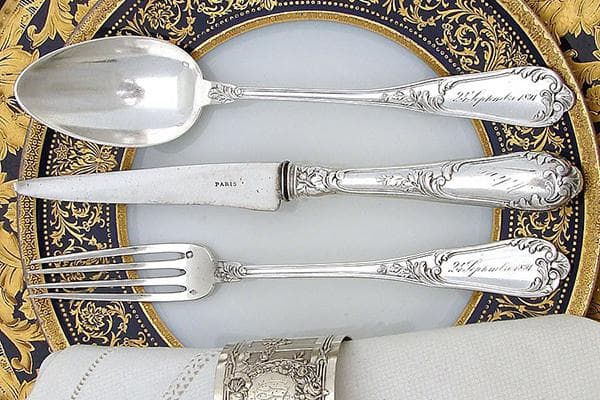
Appearance Features
Cupronickel, unlike silver, is not a pure metal, but an alloy of copper and nickel. Usually it also contains a small amount of iron and manganese (up to 2% in total). Due to the change in the properties of the mixture as a result of combining the components, cupronickel externally does not resemble either nickel or copper. It really resembles silver because it has the following characteristics:
- characteristic “silver” color;
- metallic shine;
- attractive appearance - the similarity with products made of precious metal is obvious.
Cupronickel spoons, forks, dishes and other items really resemble silverware. Therefore, it is very difficult to determine their differences purely by external signs.Accordingly, other methods should be used to perform reliable tests.
10 ways to distinguish silver from cupronickel
You can distinguish products made from these metals both at home and directly in the store. To do this, it is better to print out a reminder for yourself and conduct a few simple experiments.
Take a closer look at the markings
Even before purchasing a product, you can pay attention to the labeling. A silver product must have a hallmark, indicated by the numbers “925” or others. On nickel silver there is no such marking or the Russian letters “MNTs” are indicated, which characterizes the composition of the alloy (copper, nickel and zinc).
Smell it
Another experiment that can be done before purchasing is to sniff the product after thoroughly rubbing it (you can also sniff your hands). If it has a distinct copper smell, then it is definitely cupronickel. For comparison, you can smell a coin with a face value of 1, 2 or 5 rubles. It is advisable to take old samples (before 2009), which were minted from classic cupronickel. If you don’t have them on hand, you can take ordinary copper wire and make a fresh cut on it.
Chalk test
You can also rub the product directly in the store with white school chalk. If the composition contains only silver, the chalk will turn black, but in the case of cupronickel there will be no reaction. However, if the product is covered with a layer of silver, under which cupronickel is located, the test will not give reliable results.
Water test
For testing, you can purchase 1 inexpensive product and put it in a jar of regular tap water for 3 days. Cupronickel will definitely change color, maybe even turn a little green, but silver will remain exactly the same.
Testing with iodine
If you drop an alcohol solution of iodine onto a silver spoon or other item, it will leave a dark stain that will be very difficult to remove. It is much easier to remove it from cupronickel.
Scratch test
The surface of the metal must be scratched with a very sharp needle. After some time, a change in color can be noticed in the formed furrow - the surface may acquire darker shades. If this happens, it means that the product is definitely not made of silver, but of an alloy.
Determine by weight
If you have 2 products of the same volume in your hands, and the composition of one of them is reliably known, you can distinguish a fake by weight:
- Silver density is 10.5 g/cm3.
- Density of cupronickel – 8.9 g/cm3, i.e. 15% less.
It is better to weigh on electronic scales. If you take the measurement manually, the result may not be reliable.
Determination using a lapis pencil
Lapis pencil is an antiseptic that is sold in any pharmacy. You can conduct a test using it in this way: draw several stripes on the surface of the product. Silver will not change in color at all, but cupronickel will fade: the stripes will become dark.
Chemical analysis at home
If possible, you need to get 2 reagents: chromic acid H2CrO4 (1 part) and distilled water (2 parts).
The sequence of actions is as follows:
- First you need to prepare the reagent by mixing 2 components.
- Then carefully scrape off a separate area on the surface.
- After this, immerse the product in the resulting chrome water.
- If a wine-red stain remains on the surface, it is pure silver. In this case, the color of the spot will be brighter, the higher the standard of the metal.
Professional determination method
If the issue of material composition is too important, and the described methods do not give reliable results, it is better to contact a professional jeweler. He will be able to easily distinguish classic silver from a fake in the form of an alloy of other metals.
You can distinguish silver products from cupronickel ones without even leaving the store. However, for greater reliability, you can conduct home experiments or even seek help from an experienced expert.
